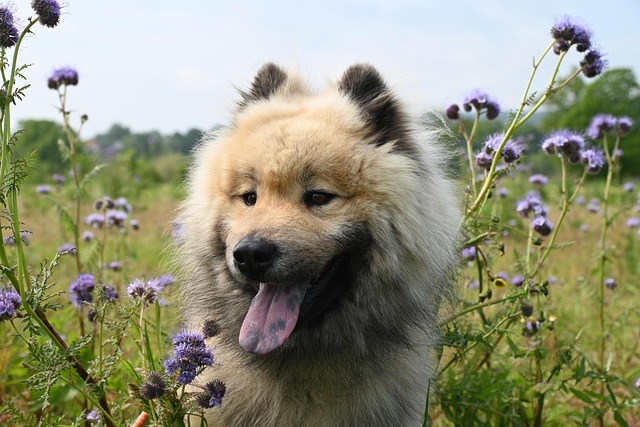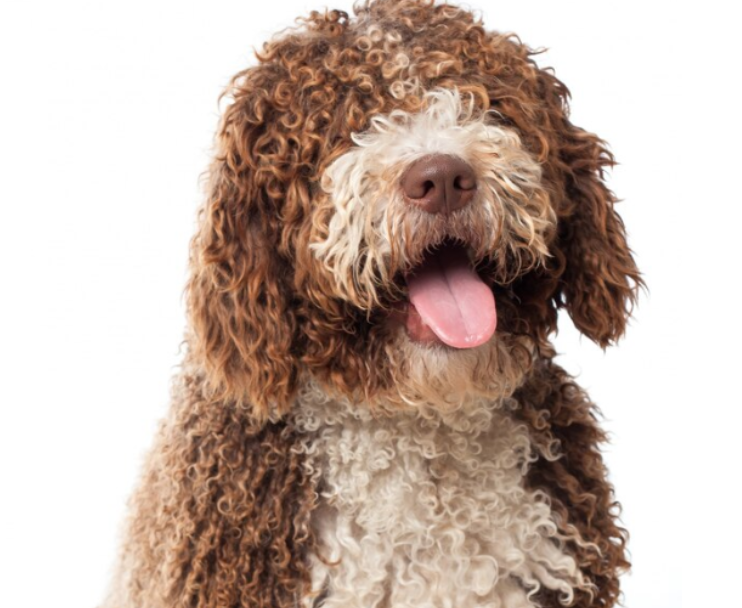Dogs are indeed a man’s best friend. They are known to be very loyal and loving to their owners. They can also be very clingy and playful. However, there are some cases in which our furry friends can have behavioral issues that require some special attention. As much as we want to fix it on our own, calling the help of an expert can be a better idea. Dog behavioral issues can range from a minor nuisance, such as excessive barking, to harmful and destructive tendencies, such as aggression towards other people. Being a dog parent entails more than simply feeding and caring for your pet. It goes far deeper than that, and recognizing the need for professional assistance is an important aspect of your responsibility.If you’re going through the same problems with your pet and don’t know where to turn, you’ve come to the right place. Continue reading to find out who to contact when certain circumstances arise.

What Is A Dog Consultant?
Dog specialists, also known as ‘behaviorists’ or ‘behavior consultants’, help identify the causes and triggers of your pet’s behavioral problems. Dog consultants develop customized treatment plans for your dog to prevent and modify these behaviors, as well as educate you on how to manage them effectively. They’ll give you tips, monitor your progress, and follow up if you run into any problems along the way. If you need immediate advice, you can also visit reliable websites that are run by or are partnered with dog consultants.
The term ‘dog consultant’ is also commonly used to identify dog trainers. There is, however, a distinction between the two. Dog trainers teach your dog new skills and obedience cues like sit, remain, and rollover. They also address house training or toilet training issues, which may be troublesome for pet owners if not addressed. On the other hand, dog consultants focus on problems arising from fear, anxiety, and aggression in dogs. If not managed by a specialist, these problems can endanger anyone, even the owners.
When Do You Need One?
If you are unsure whether your dog requires expert assistance or not, here are three tell-tale signs to consult one soon.
1. Separation Anxiety
According to a survey conducted by the American Kennel Club (AKC), around 14% of dogs experience separation anxiety and find it hard to seek comfort when separated from their owners. Hyperattachment and dysfunctional attachment are the leading causes of this problem. Separation anxiety is most commonly manifested by the following behaviors:
- destructive behavior
- distress vocalization
- restlessness
- inability to settle
- house soiling
- repetitive, compulsive behaviors
Though these behaviors seem ordinary, they can lead to more significant problems when left unnoticed. 2. Shows Signs of AggressionAggression is one of the most common problems that people encounter with dogs. People, other dogs, and even some family members can be potential victims of aggression. Those pups that are easily triggered and are highly aggressive should be checked by a professional as this can be very dangerous when not modified. There are different types of aggression that are elicited by various triggers.

Fear-Related Aggression
Aggression is a common expression of fear in dogs with fear issues. Aggression is the dog’s direct response to something that appears to be threatening it, whether intentionally or unintentionally. One type of defensive aggression is becoming reactive to a leash.
Fear-related aggression can be characterized by:
- Rabis nips
- Running away after a quick bite
- Fearful facial expressions and body postures
- Piloerection
- Barking
- Snarling
Resource GuardingHave you ever noticed your pet being overly possessive of its toys? Or do they tend to protect you from everyone, even if no one poses a threat?It’s usually referred to as possessive aggression. Though our four-legged pals appear to be attached to something they regard as precious, being overly protective is a different story.The establishment of resource guarding occurs when the dog’s present focus object is taken away through threat, punishment, or confrontation. Your pet will learn to retain the item through hostile behavior and may become a habit as a result of this. Resource Guarding can be expressed as:
- Unexpected attack
- Displays obsession with aggression
- Bites when something is taken away
Predatory AggressionDuring predatory aggression, the main goal of the dog’s psychological state is to kill its prey. This can be very dangerous due to the lack of warnings for the attack.Because they replicate the size and behavior of their prey, babies and small children are vulnerable to this form of aggression. As a result, it will not leave the victim until it is dead. If your pet exhibits this type of problematic behavior, it should be taken to a specialist as soon as possible.Manifestations of this type of aggression are:
- Sudden attack to items/people that seem to be inferior
- Grab-bite to the jugular or abdomen of the victim
3. Exhibits Obsessive-Compulsive Behaviors (OCD)Dogs with OCD exhibit repetitive and unchanging activities that show no function and purpose. These include:
- Constant circling
- incessant or rhythmic barking
- chasing unseen objects
- obsessive chewing on objects
- licking the air
- acral lick dermatitis
- flank sucking
- eating inappropriate items
Though these behaviors appear to be normal for dogs, they necessitate expert intervention.ConclusionIt’s important to remember to always be attentive to your pet’s needs and behaviors. They are considered as part of your family and should be given the proper care so they also live a long and happy life. Even if you desire to manage such harmful habits on your own, professional support is available and accessible to treat these conditions correctly. Seeking the assistance of a specialist will not only save your dog but will also create a safer environment for everyone in your household and the general public, particularly if you enjoy walking them outdoors.This will allow you and them to coexist harmoniously and build even deeper relationships.





Leave a Reply